Update — Dec. 3, 2025: Thank you to all our generous Giving Tuesday donors for standing with our coast, our wildlife, and the next generation of ocean stewards. We couldn’t do this work without you.
If you’d still like to support Heal the Bay — and the work that helps protect the people, places, and wildlife you love — donate here. We’ve got big plans in store for 2026. And your support, in any amount, can help make it possible.
From devastating wildfires and toxic algal blooms to plastic pollution and climate change, California’s coastline, communities, and wildlife are at risk like never before. For endangered species like the sunflower sea star, giant sea bass, and tidewater goby, Heal the Bay’s science, education, and advocacy is a lifeline that can help save them from extinction. But our work is at risk, too.
That’s why this Giving Tuesday, Heal the Bay called on supporters to join us and our animal ambassadors to protect what’s endangered. Every gift helps save our work — and the endangered species who rely on it — from extinction.
Read on to learn more about how donations help support our endangered animal ambassadors.
Meet Heal the Bay’s Animal Ambassadors
Heal the Bay Aquarium cares for several endangered species, including a sunflower sea star, giant spotted sea bass named “Gordita”, and tidewater gobies rescued from waters impacted by the Palisades Fire.
Through education, advocacy, and science, including restorative aquaculture, Heal the Bay is helping save these species from extinction and restore their ecosystems. Aquarium visitors can meet some of them from 12-4 p.m. every Saturday and Sunday under the Santa Monica Pier.
The Sunflower Sea Star
Sunflower sea stars are one of the bay’s most important species. But after sea star wasting devastated populations in the 2010s, they’re now functionally extinct in California.
At Heal the Bay Aquarium, we are honored to care for one of only a few female sunflower sea stars in captivity in the entire state. We’re making groundbreaking strides in sunflower sea star recovery, with the long-term goal of raising and returning this endangered species to Santa Monica Bay so the ecosystem can thrive again. Our sea star’s story is one of resilience and of the power of advocacy, as she plays a vital role in this groundbreaking repopulation research.
Protecting this sea star means protecting the policies and advocacy that could help save her species.
The Giant Sea Bass
Giant sea bass are the largest bony fish along California’s coast, growing up to nine feet long and weighing as much as a full-sized grizzly bear. They can also live to 75 years old. Overfishing in the early 1900s pushed them to the brink, and today, they remain critically endangered.
“Gordita”, our resident giant sea bass, is one of Heal the Bay Aquarium’s most beloved ambassadors. Each year, she helps thousands of local students discover how protecting our coastline creates ripples far beyond the water.
The Tidewater Goby
Tidewater gobies are tiny but mighty endangered fish that play a big role in the food webs of California’s marshes, lagoons, creeks, and estuaries. Despite their resilience, they’ve been severely impacted by coastal development, habitat degradation, and the alteration of natural water flows.
After the January 2025 wildfires impacted the waters of Topanga Lagoon, Heal the Bay Aquarium helped care for a rescued a group of tidewater gobies from the contaminated conditions. We cared for them until their habitat recovered, and most have now been safely released back into the wild. Our team continues to care for the remaining gobies and is working to help strengthen and restore this fragile population.
Through our partnership with Santa Monica College, students in the Sustainable Aquaculture Certification Program are being introduced to these rescued gobies and learning how restorative aquaculture can support endangered species recovery.
Protecting at-risk species starts with science: the research, monitoring, and restoration work Heal the Bay uses every day to safeguard our coastal watersheds and the animals that depend on them.
How Our Work Is Helping
At Heal the Bay, we use science, education, and advocacy to protect our coast, communities, and wildlife through initiatives including:
- Water-Quality Monitoring: Regular testing identifies pollution hotspots, monitors over 700 beaches for fecal indicator bacteria, and provides data that drives policy change.
- Restorative Aquaculture: Breeding and release programs help vulnerable species recover while scientists learn what these animals need to thrive in changing ocean conditions.
- Policy Advocacy: From plastic reduction to climate resilience strategies, science-informed advocacy ensures that regulations reflect the needs of our communities, wildlife, and ecosystems.
- Education Programs: When students connect with marine life through hands-on experiences, they become the advocates and scientists who’ll protect these species for decades to come.
Why This Moment Demands Action
Federal protections for endangered species and critical habitats face ongoing challenges. Meanwhile, climate change and disasters accelerate.
When funding disappears, so do the knowledge, data, and community relationships that make conservation work. Despite mounting challenges, we remain optimistic. The endangered species that call Southern California’s coast home can recover, but only if the work protecting them continues.

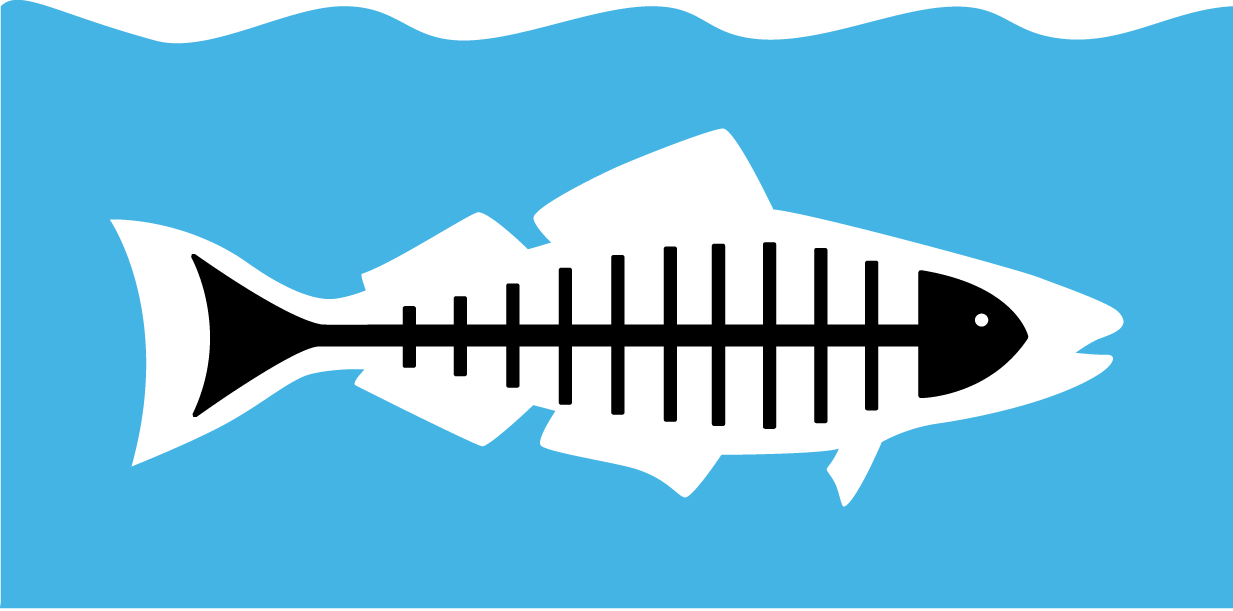

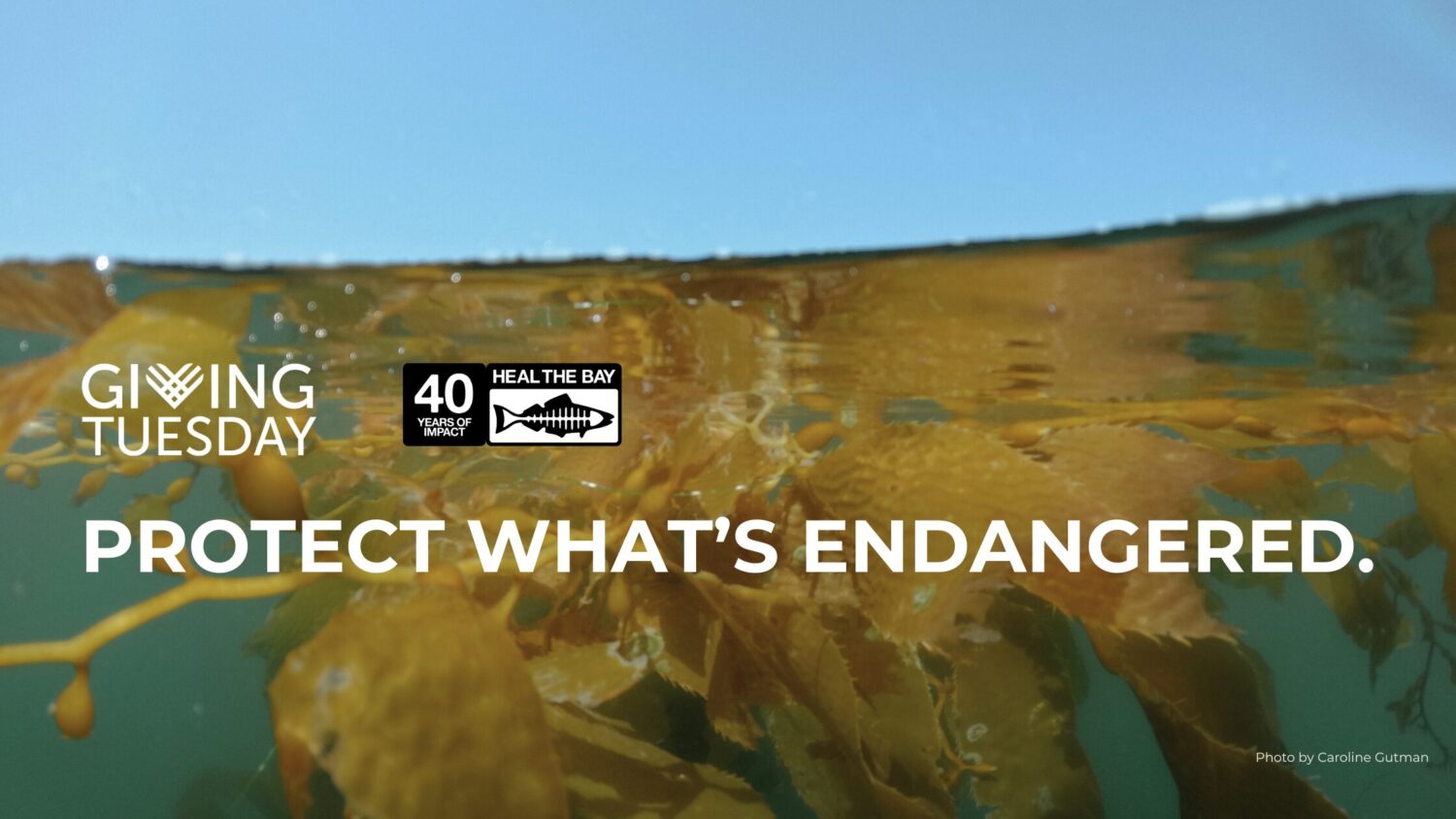
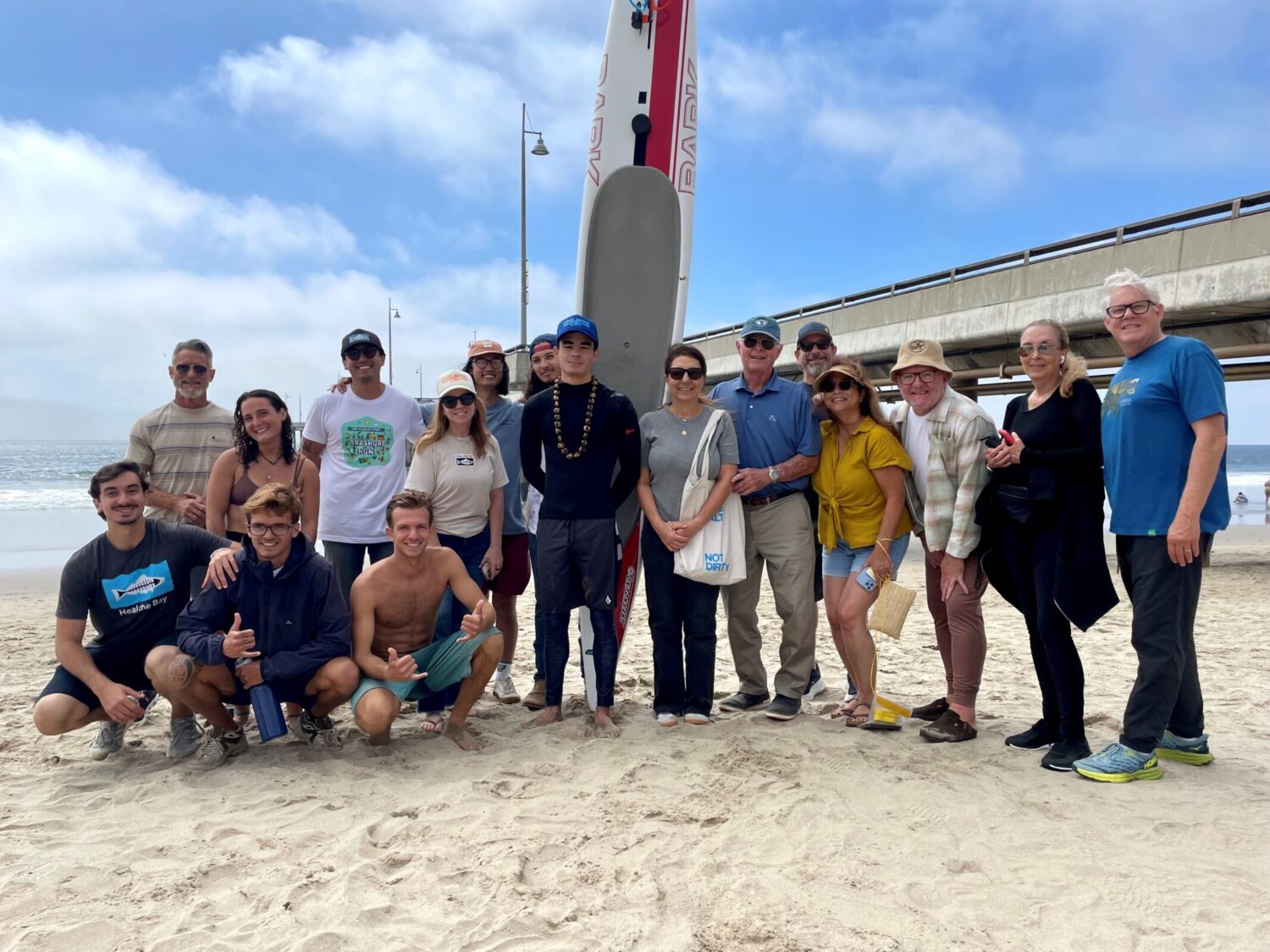
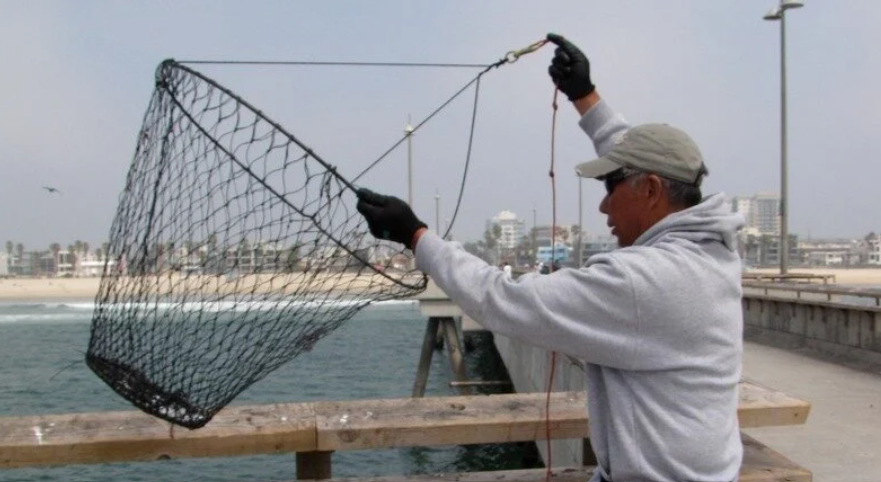




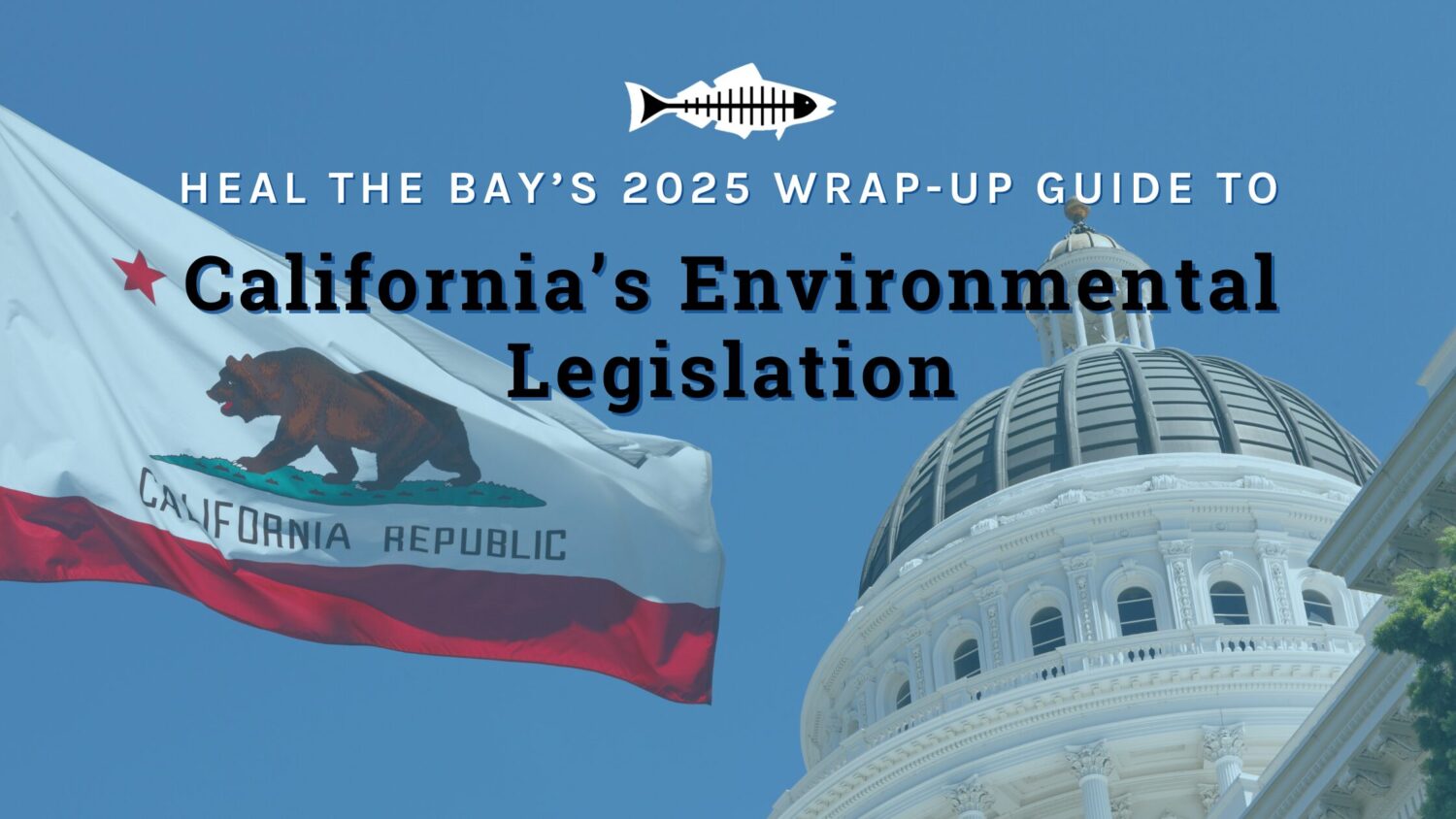
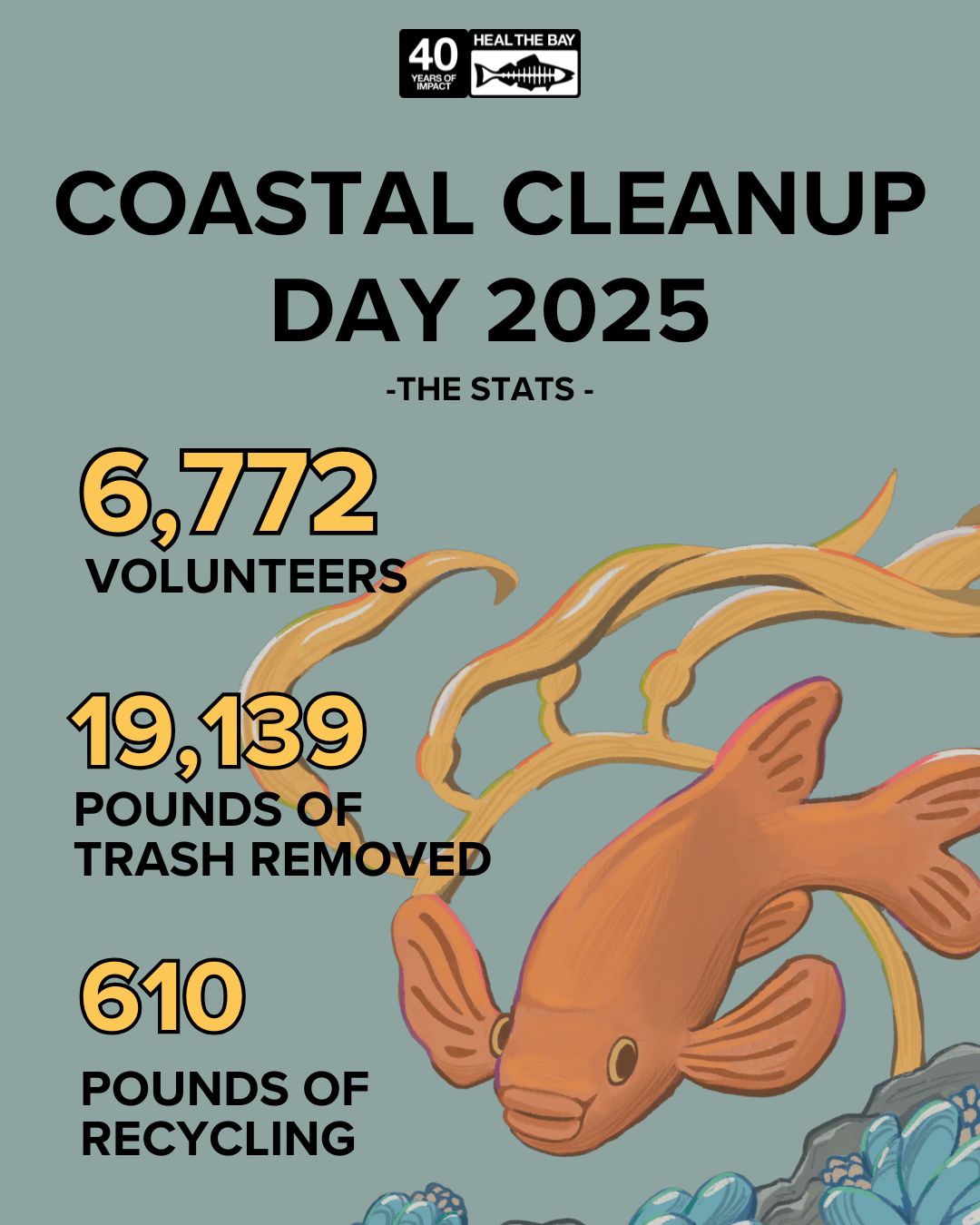
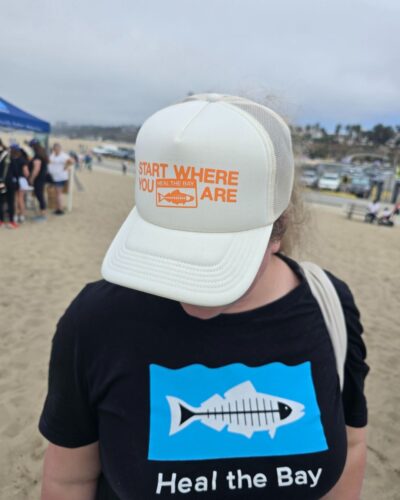
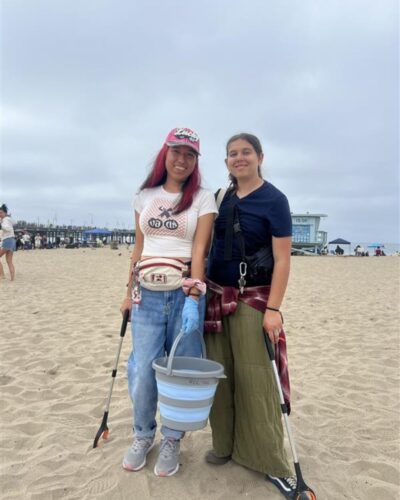
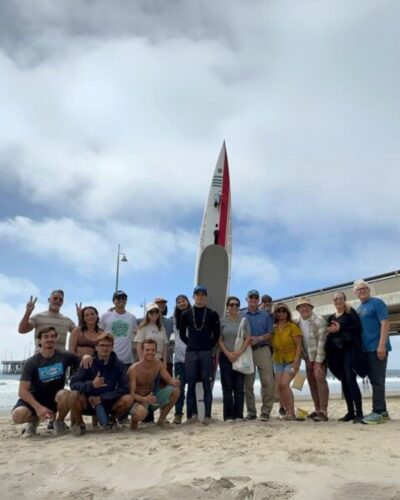
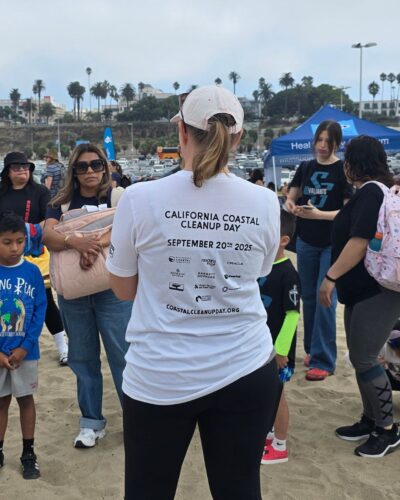
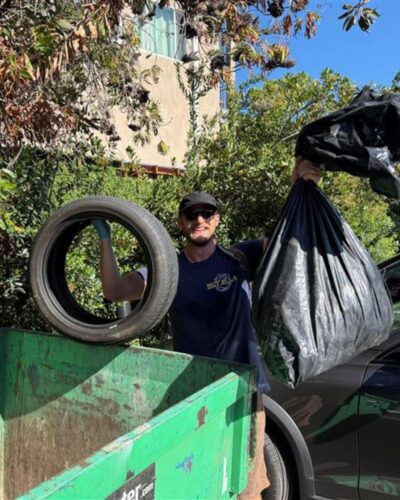
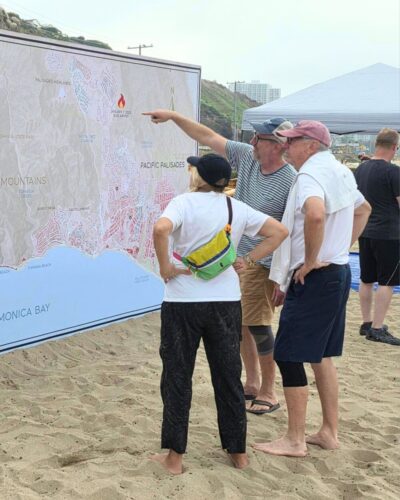
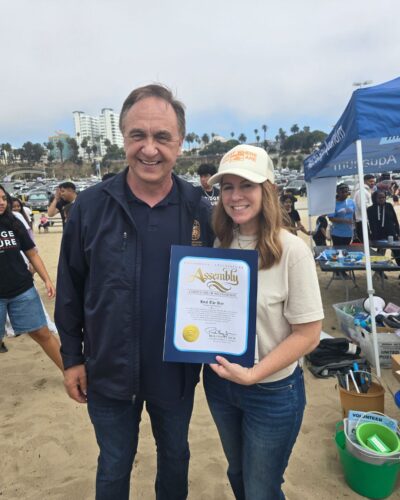
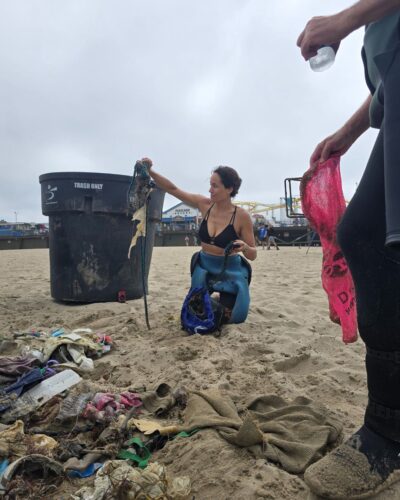
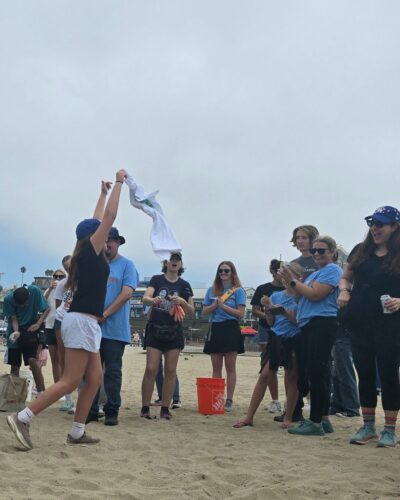

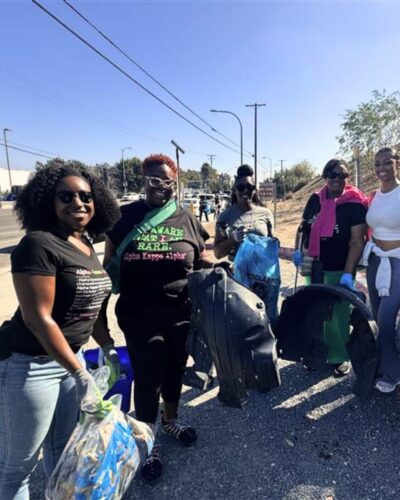
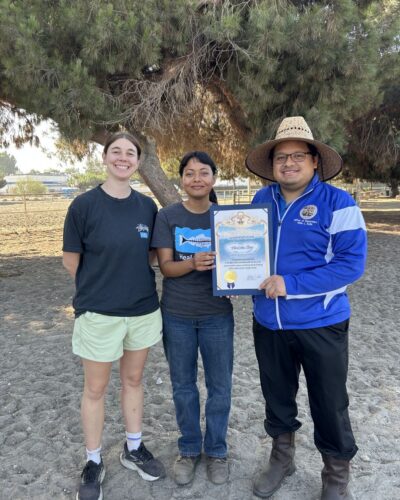

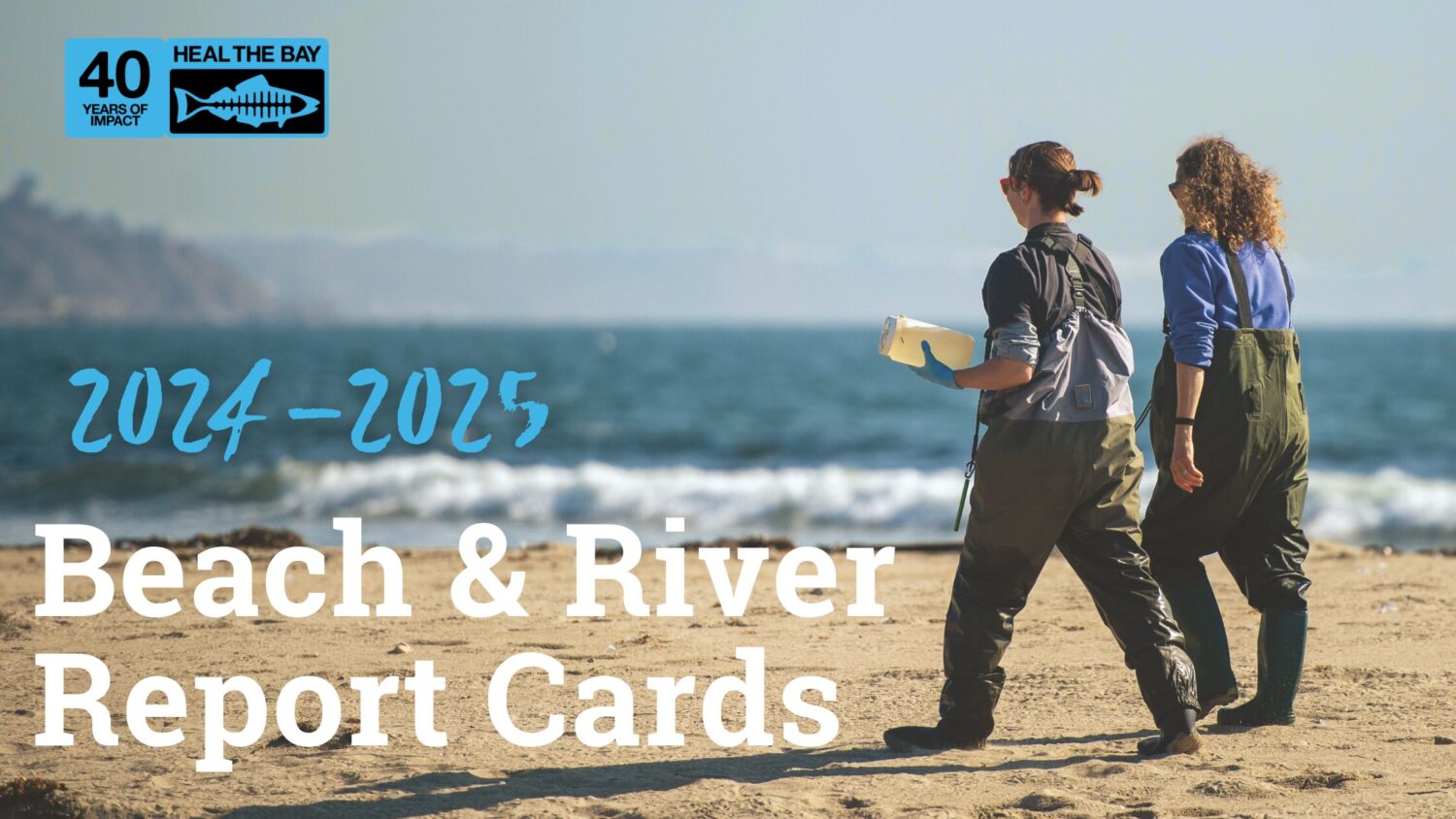
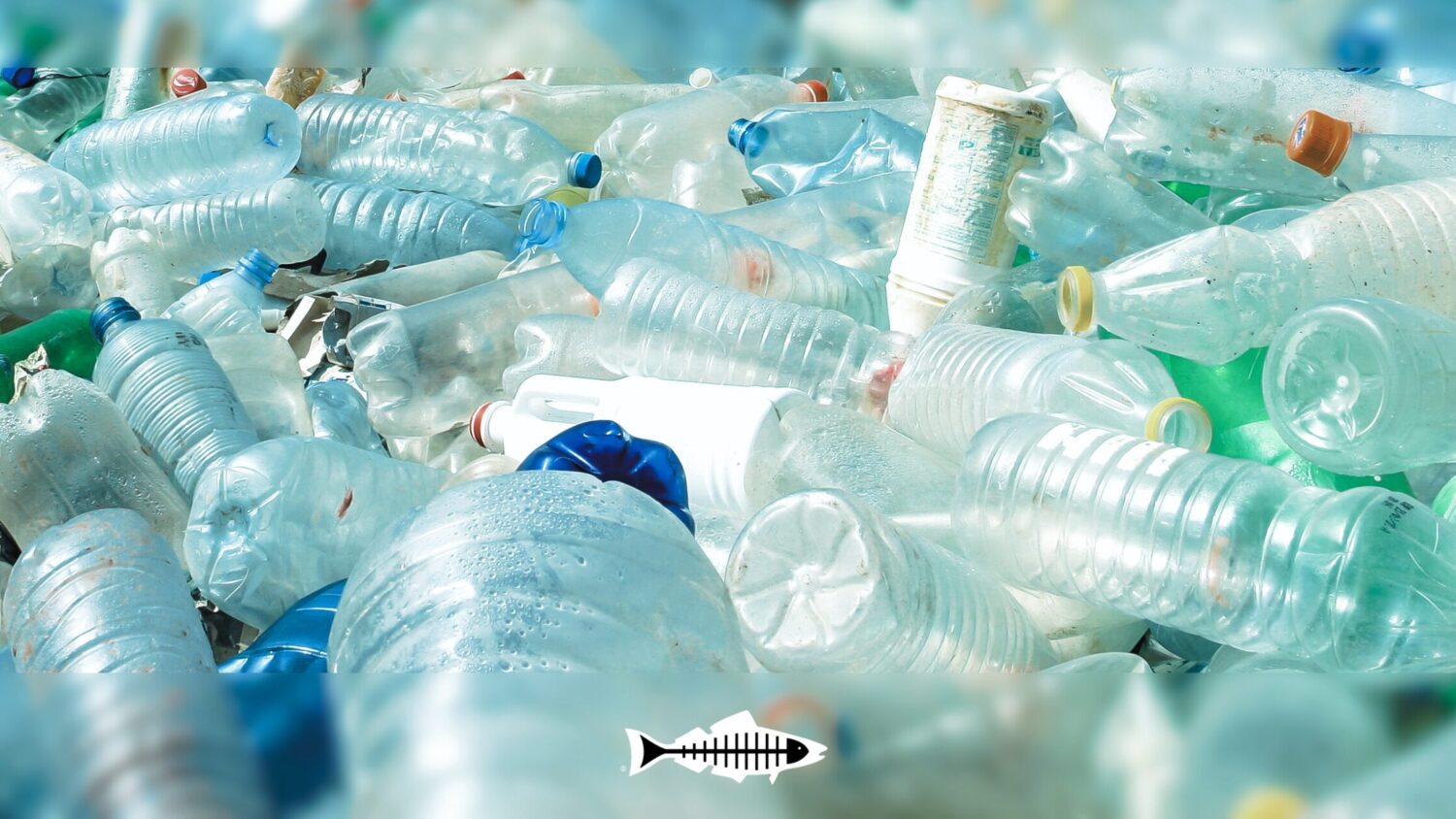

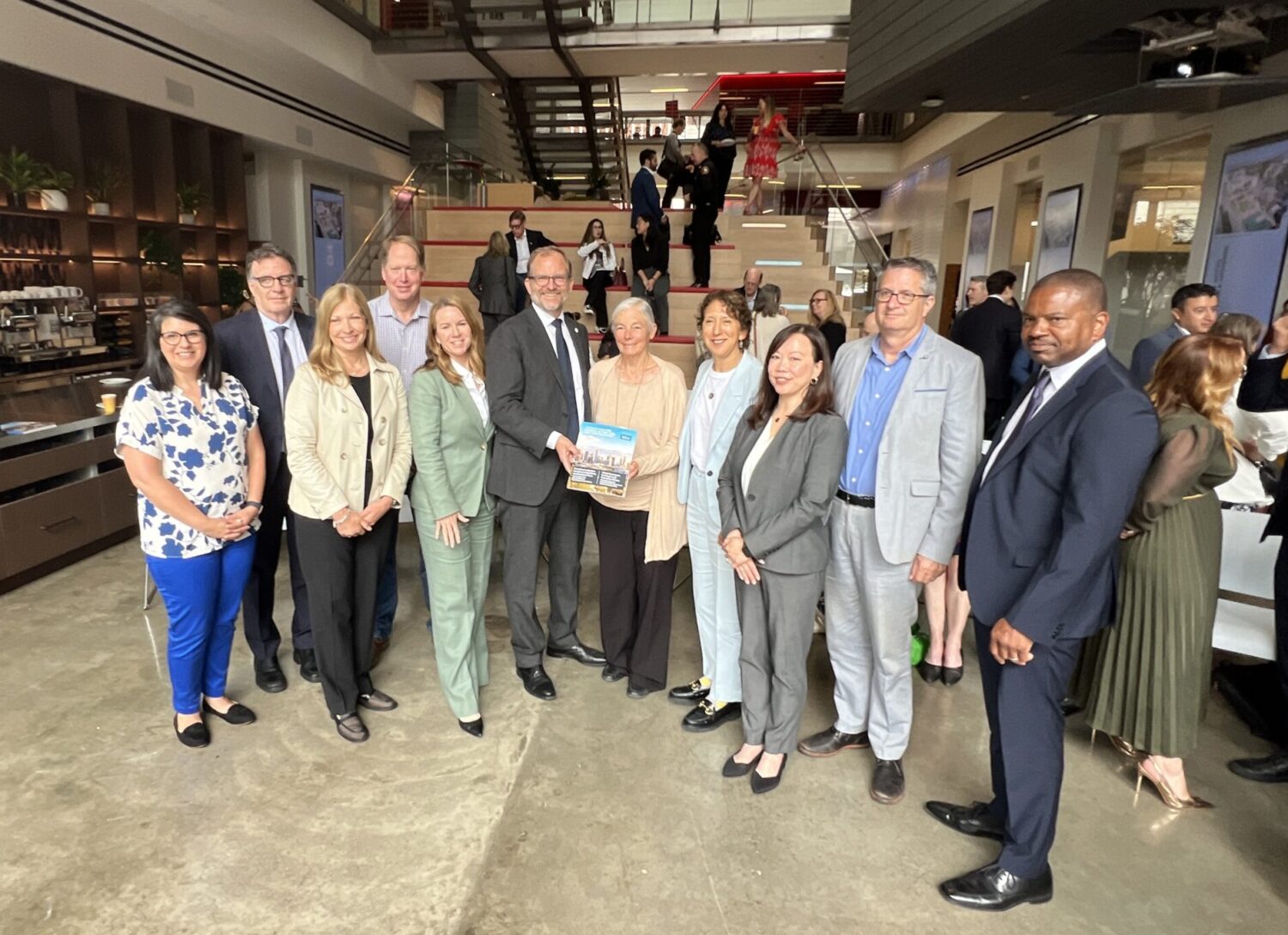
 The independent
The independent 




